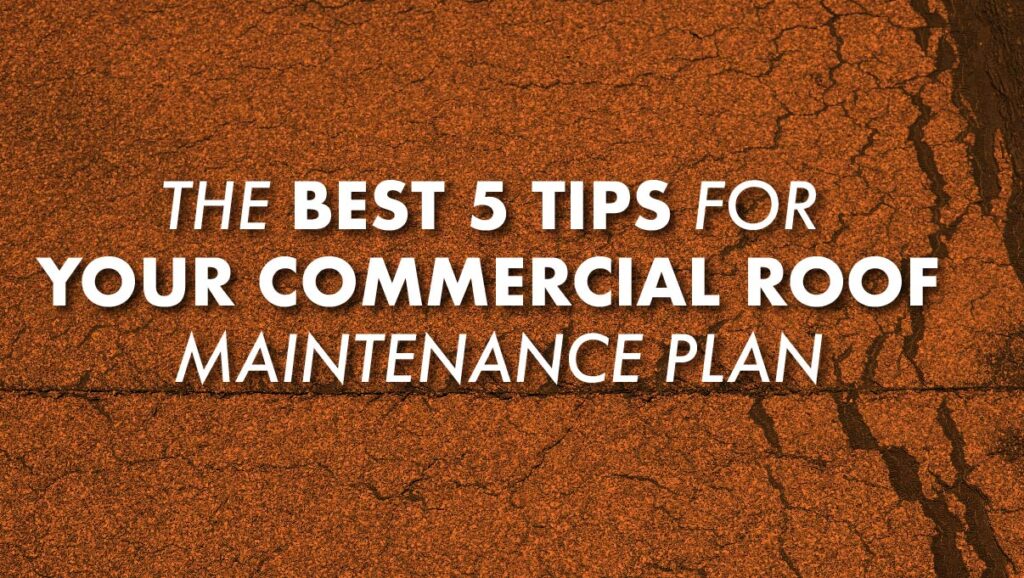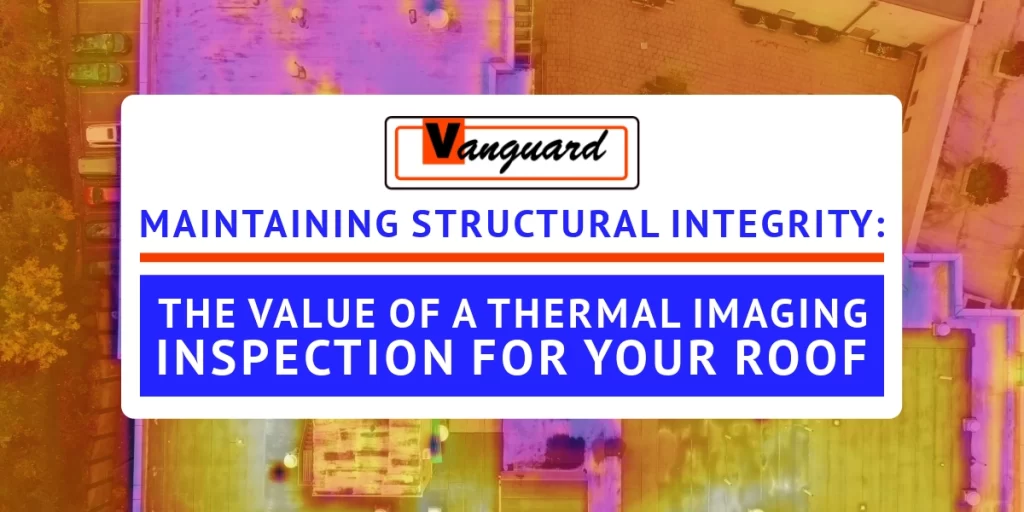Just like most capital investments, a commercial and industrial roof can last its full lifecycle when properly taken care of. With regular inspection and a proper commercial roof maintenance plan, you can discover and mitigate minor issues before they escalate in costly property damages. In this guide, we cover five important commercial roof maintenance tips to help you avoid unwanted damages, protect your bottom line, and extend the lifespan of your commercial roof in the Tri-State area.
And since you already have a lot on your plate when it comes to maintaining your property, it’s advisable to have a professional commercial roofer inspect your roof periodically. Here are some factors to consider when inspecting a commercial roof.
1. Keep Detailed Records
Commercial or industrial property owners can change their building managers from time to time, and even buildings can change hands. You need to maintain a detailed report of roof inspection and maintenance plans and make it easily accessible. The records should include the original roof plan, inspection reports, repair records, and equipment installation.
Additionally, keep records of who goes on the roof, how long they are on the roof, where they were on the roof, and why they were on the roof. What is the state of every area inspected on the roof? Are they good (no action needed), fair (monitor for now), or bad (immediate action needed)? Finally, what action is needed, and where are they located on the roof? Take pictures of any damage and document everything.
Whoever is going up the roof should typically have a toolkit with items like an inspection checklist, pen/pencil to take notes, camera for taking pictures, roof plans/aerial photos, tape measure, and a flashlight for dark areas.
2. What kind of roof do you have?
In the Tri-State area, you’ll find three common types of commercial roofs: flat roofs, sloped roofs and metal roofing. For flat roofs, look out for:
- Ponding
- Blisters in the material
- Holes or punctures
- Anything pulling away from the roof
Sloped roofs can be slippery and dangerous to walk on, especially when it’s wet or has moss, mold, or mildew. Look out for missing, curled, or damaged shingles or shingles that lack granules. Is the roof faded, corroded, bent, or missing metal supports? Also look for chipped, broken, or cracked tiles or slates.
If you’re dealing with metal roofing, you need to be extra careful when walking on the roof. Metal sheets are very lightweight and are often installed on top of metal bars. If the roof is corroded, you can consider adding a coating for waterproofing, UV protection, and rust protection.
3. Carefully Inspect the Roof’s Interior
What can you see from inside your building? Let your commercial roofer carefully inspect your roof’s interior system. Among other things, look for signs of rust or water stains, noticeable corrosion or weaknesses, structural defects, and the type and condition of mechanical fasteners linking to the roof deck. Known roofing leaks should also be examined from the inside of your building to determine leak sources or the presence of roof splits.
Interior roof inspection helps your roofer to determine which areas of the roof should be carefully traversed. Additionally, check the state of the walls for signs of mold, dark spots, or peeling paint. Are there damp areas around vents and chimneys? Is there proper ventilation? Are there cracks in the rafters and sheathing or sagging decking? Is there light showing through the roof? Also, look out for leaks and plan to address them.
4. Carefully Inspect the Rooftop
The next step is for your roofing contractor to switch efforts to the rooftop. From the information gathered from the interior inspection, your roofer will carry out a detailed inspection of the rooftop. They will begin by having a general observation of the rooftop for debris, signs of wear and tear, standing pools of water, and even vegetation that can cause long-term problems.
Other things to look for are signs of abuse or damage, blocked or broken gutters, downspouts, and moss or fungal growths. Check if there is any wear and tear in chimneys, flashing, drip edges, vents, fascia, and decking. Is there corrosion, rust, or rotting?
Leaks around chimneys, vents, and skylights can damage the underlayment, joints, and sheathing if not identified quickly and mitigated.
5. Act Promptly if Any Action is Needed
It’s always recommended that you leave a commercial roof inspection to a professional roofing company. Depending on the outcome of the inspection, your roofer may recommend different solutions tailored to address your roof’s specific needs while adhering to your budget and maintenance preference.
If you own a commercial or industrial building in the Tri-State area, consider Vanguard Roofing Company. Our commercial roofing services include industrial roof repair and replacement, commercial roof maintenance plans, thermal imaging, green roofing solutions, and much more. Contact us today to learn more about our preventive maintenance plans for commercial and industrial roofs.



